In a strip mall, next to a CVS Pharmacy, and tucked behind a Burger King, I learned about my angel. While I waited for a prescription to be filled, I wandered into the only New Age store in this small northeastern city. A woman with long gray hair led me into a back room—I suspect it was a repurposed broom closet—for a fifteen-minute psychic reading. The walls were covered with Turkey-red-calico fabric and faded yellow-ditsy floral tablecloths hanging from a constellation of multicolored thumbtacks. We sat together on a set of metal folding chairs, and she held my cold hands in her warm wrinkled ones. She told me in hushed tones that I had an angel, a ball of light that beamed out from behind my left shoulder. My angel, she said, was with me always, glowing steadily like a frosty star, invisible to everyone but her. She had always been able to see angels, she explained, and they were always the lightest, purest, sweetest baby blue.
Whether it’s glacier pale or Mediterranean bright, blue is a color with longstanding mystical associations. Perhaps this is because blue is the color of the sky, something we can always see but never reach, or perhaps it’s because, as chemist Heinz Berke points out, early humans “had no access to blue because blue is not what you call an earth color … You don’t find it in the soil.” Blue was elusive, and this made it valuable. The earliest stable blue was made from lapis lazuli, the mining of which began in Afghanistan around six thousand years ago. Egyptians loved this bold cobalt blue and would pulverize lapis lazuli stones and mix the resulting powder with animal fat or vegetable gum to create a thick blue paste, which they used to adorn the dead bodies of royalty. (Lapis lazuli was used for the inlaid eyebrows and kohl on Tutankhamen’s funeral mask. The living wore blue too: Cleopatra reportedly wore on her eyelids to a brilliant and sparkling effect a fine dust made of lapis lazuli, which, I imagine, was nothing like the wan powdery-blue eye shadows so popular in the 1980s.) For millennia, blue has been a sacred and costly hue, more valuable even than gold. And in the Christian world, the most valuable color was reserved for the most elevated of virgins. Enter Marian blue.
Marian blue became the official color of Jesus’s mother in the early fifth century. This color, unlike my supposed angel, is bright and vivid. It’s a Mediterranean blue, a stony-jewel blue. During the first few centuries after Christ, worshipful painters typically depicted Mary in a red gown or wrapped in a pink mantle. But slowly, blue began to replace red as the color of choice. The shift happened in tandem with the rise of Mariology and the cult of the Virgin. Christians had worshipped the Virgin with the same fervor they used for the big three (God, Jesus Christ, and the Holy Spirit) as early as the second century, but in the year 431, the divine motherhood of Mary was declared official church dogma at the First Council of Ephesus, and Mary was elevated to the role of “Queen of Heaven, Spiritual Mother, and Intercessor.” At this meeting, the powers that be also approved the creation of icons of Mary—though it was somewhat of an empty ruling, considering images of the “Christ bearer” were already common.
After Mary’s status as a deity incubator became canon, artists started creating even more portraits of the holy mother, and under the court of Constantinople, these pieces began to take on a rather standardized look—she was shown dressed in Marian-blue cloth against a flat backdrop of gold leaf, holding the infant Jesus with a serene expression on her face. If you’ve seen a Russian icon, you know the look. Painted with egg-yolk tempera and a limited color palette of red cinnabar, white lead, lapis lazuli, ochre, and orpiment, these stylized images elevated Mary so effectively that the representations themselves sometimes became objects of worship, like the Vladimirskaya (aka the Theotokos of Vladimir). When artists weren’t using lapis lazuli (also known as ultramarine, a word that comes from the Latin for “beyond the sea,” a nod to its Asian origins), they used azurite, a less expensive mineral and a common secondary product found in copper mines. (Sometimes artists would use azurite to underpaint swaths of blue that would later be enhanced with lapis lazuli.) This tradition continued into the Renaissance, when the Madonna enthroned and the adoring Madonna became two major modes of art. A particularly vivid example of Marian blue comes from the Italian Baroque painter Sassoferrato, whose The Virgin in Prayer is draped in rich, sumptuous color—rose pink, deep blue, and folds of creamy white.
While these medieval and Renaissance pieces seem to all use a similarly bright shade for their Mary, I’ve found that the color Marian blue isn’t so easy to pin down in modern usage. There’s the lapis lazuli version, cobalt bold and richly saturated. But then there’s the other Marian blue, which is a light color—a true sky blue with no green undertones to calm it, no red blush to warm it. While some sources call this lighter color Marian blue as well, others call it celeste blue. Celeste is a late September morning; Marian is a tangle of blooming lobelias. Of course, if you’re a member of the Life Teen movement within the Roman Catholic church, you may think there are 50 shades of Marian blue, from an article which claims “Grey is ugly. Blue is beautiful.”
As the centuries wore on and the focus of art shifted from the religious realm to the secular, Marian blue fell out of favor, yet blue itself retained its spiritual associations. New groups of thinkers began conceptualizing color and color-coding their thoughts and emotions. The German romantics were particularly fond of blue, and in the eighteenth century, the Blaue Blume (blue flower) emerged as a central symbol for metaphysical longing. According to John Gage, German geologist, poet, and novelist Friedrich von Hardenberg was responsible for this poetic creation, but once he published his bildungsroman, Heinrich von Ofterdingen in 1800, fellow artists followed suit and began incorporating the blue flower into their works. Philipp Otto Runge used blue flowers in his Times of Day and poet Joseph von Eichendorff wrote a short poem that begins: “The blue flower / I’m looking for the blue flower / I am looking for and never find them.” Later, Walter Benjamin would use the blue flower in his writing, as would C.S. Lewis, and, of course, Penelope Fitzgerald in her novel, The Blue Flower, about the life of Friedrich von Hardenberg. Over a century later, David Lynch referenced the otherworldly history of the blue blossom in both Twin Peaks and in the short film “Lady Blue Shanghai” (an artsy, moody 16 minute advertisement produced for Dior).
As a symbol of unfulfilled longing, the blue flower is poetic but I find it somewhat lacking, particularly since the bluest thing in our world—the sky—is already untouchable. Unlike a flower, which one can pick, possess, and even ingest, the sky can never be captured, owned, or held. I love flowers, but I do not long for them. We have an intimacy with flowers: we nurture them, pick them, arrange them in our homes. According to many color theorists and general beauty-lovers, the appeal of blue is about separation. “We love to contemplate blue, not because it advances to us, but because it draws us after it,” wrote Goethe.
Wassily Kandinsky was similarly taken with the remote nature of blue (he was, after all, a founding member of Der Blaue Reiter). He wrote reverently about the color (a favorite of his) in his sharp but slim treatise On the Spiritual in Art. In this volume, he calls the artist the “priest of beauty” and uses an extended metaphor comparing a painter to a pianist and colors to keys. For Kandinsky, colors are notes, tastes, sensations, but above all, colors are vibrations that ring through the soul. While he calls yellow a “sour” color, he claims that blue was a “heavenly” color, particularly the intense, dark blues:
The inclination of blue towards depth is so great that it becomes more intense the darker the tone, and has a more characteristic inner effect. The deeper the blue becomes, the more strongly it calls man towards the infinite, awakening in him a desire for the pure and, finally, for the supernatural… blue is the typical heavenly colour. Blue unfolds in its lowest depths the element of tranquility. As it deepens towards black, it assumes overtones of a superhuman sorrow. It becomes like an infinite self-absorption into that profound state of seriousness which has, and can have, no end. As it tends toward the bright, to which blue is, however, less suited, it takes on a more indifferent character and appears to the spectator remote and impersonal, like the high, pale-blue sky. The brighter it becomes, the more it loses its sound, until it turns into silent stillness and becomes white.
While many blue-worshipers include desire in their list of responses evoked by the color, the desire is often sublimated as a desire for god, inspiration, metaphysical truths, and so on. In Bluets, poet Maggie Nelson writes a litany of desires: she wants to touch blue, she wants to have hot sex, she wants to disturb blue particles, she wants to be near her lost lover, she wants to own blue, she wants to swim in her yearning for the absent beloved indefinitely.
Like all deeply felt desires, there’s a uncomfortable truth to Nelson’s disclosures. She is so naked in her writing—she does not reach for Mary’s womanly mantle so that she can obscure herself with color. Instead she turns longing itself into a heavenly experience. And while her revelations are intimate, she does not bring us close. As Rebecca Solnit explained, there is a distance in blue. Whether we’re dreaming of imaginary celeste angels or the anguished blue of recent loss, the color opens up a possibility of experience that can be celebrated, even in its pain. “We treat desire as a problem to be solved,” Solnit writes. Despite our most fervent wishes for closure or finality of some sort, Solnit suggests that solving the problem of desire is as futile a project as rushing towards distant blue mountains with the hope that they will be just as blue when we finally arrive at their feet. “For something of this longing will, like the blue of distance, only be relocated, not assuaged, by acquisition and arrival,” she writes. “Something is always far away.”
Katy Kelleher is a writer who lives in the woods of rural New England with her two dogs and one husband. She is the author of Handcrafted Maine.
from The Paris Review http://ift.tt/2oUQy3n
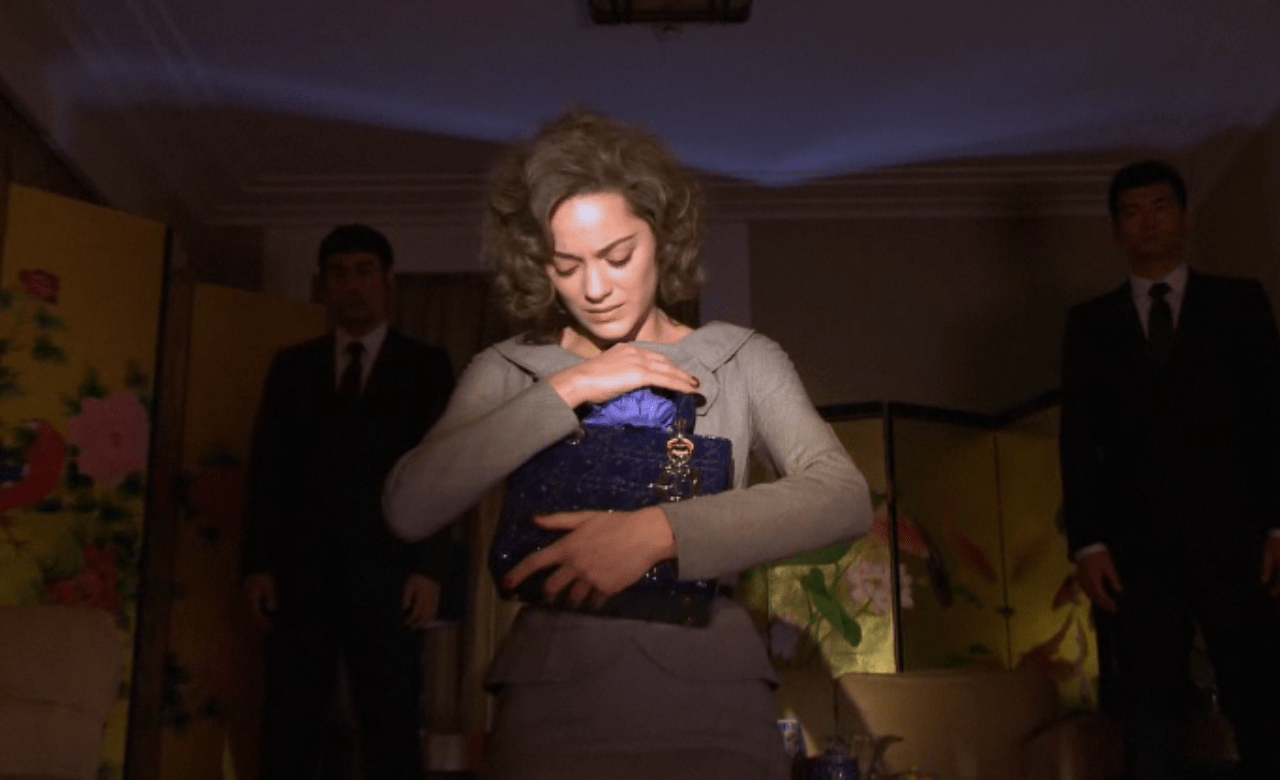
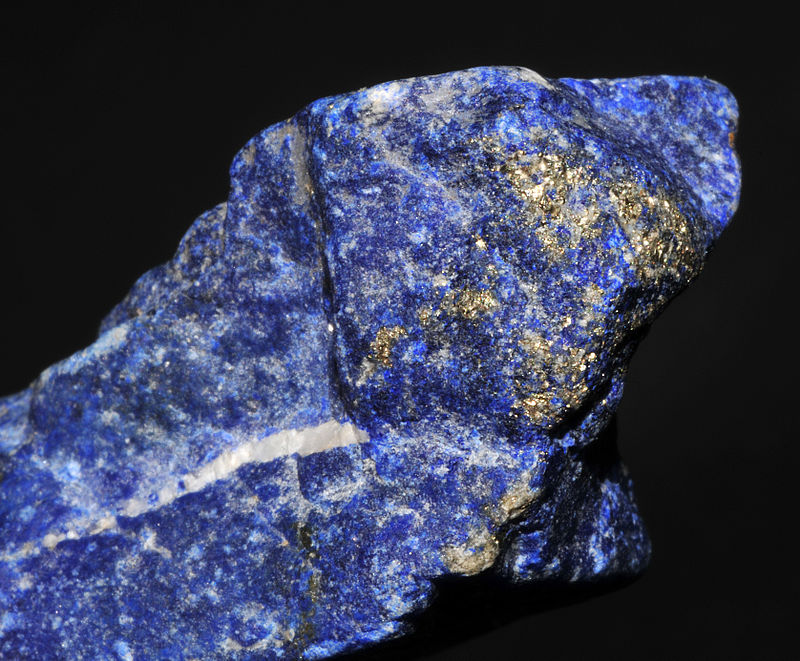
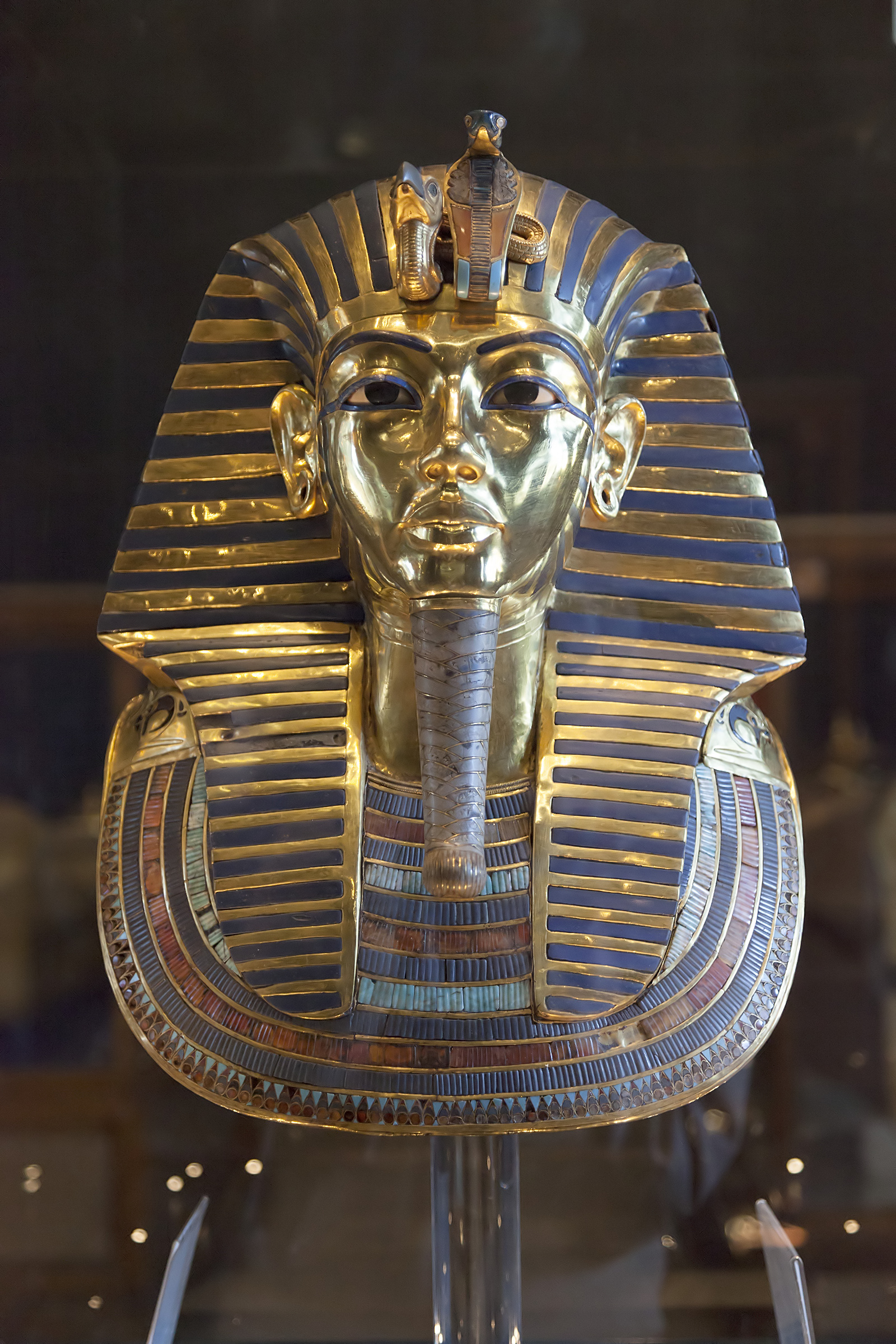
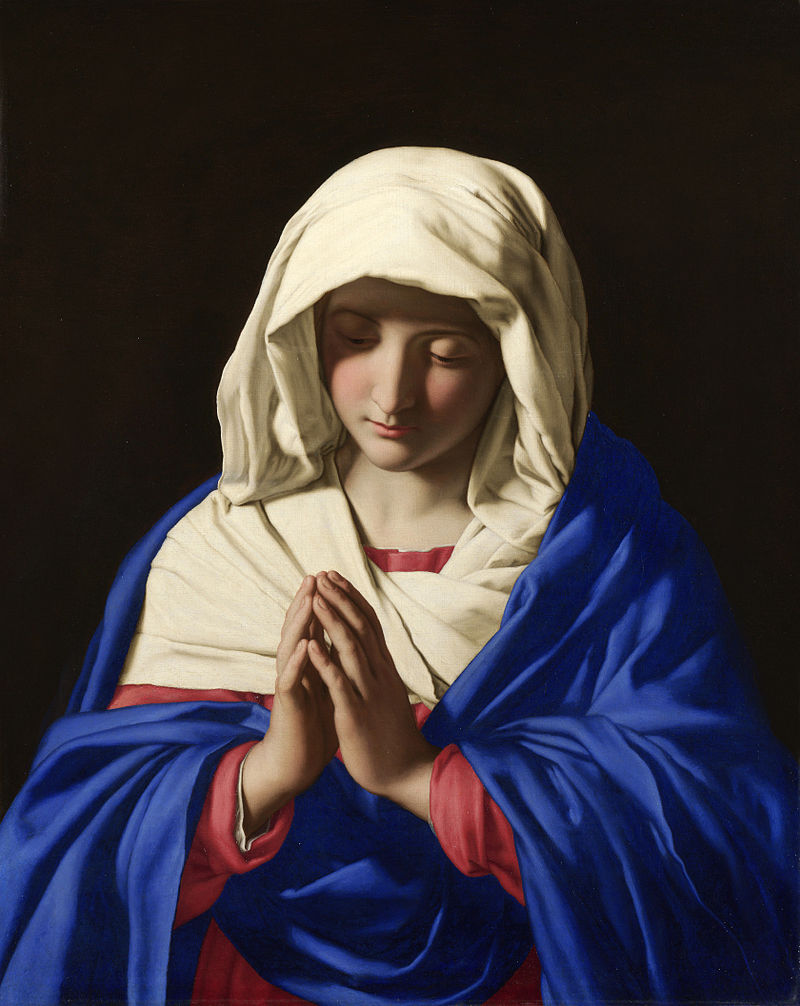
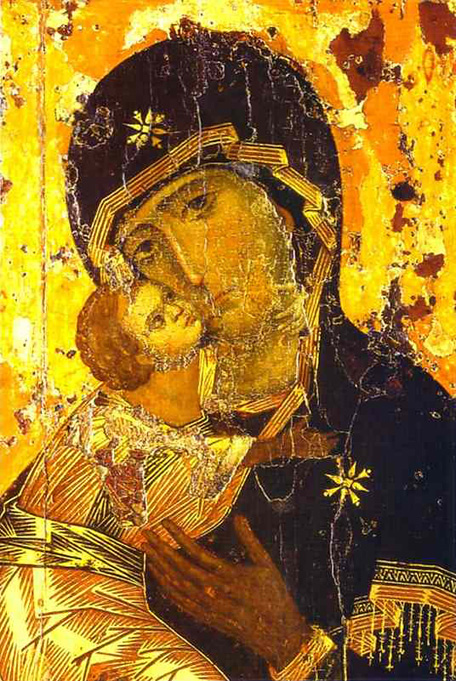
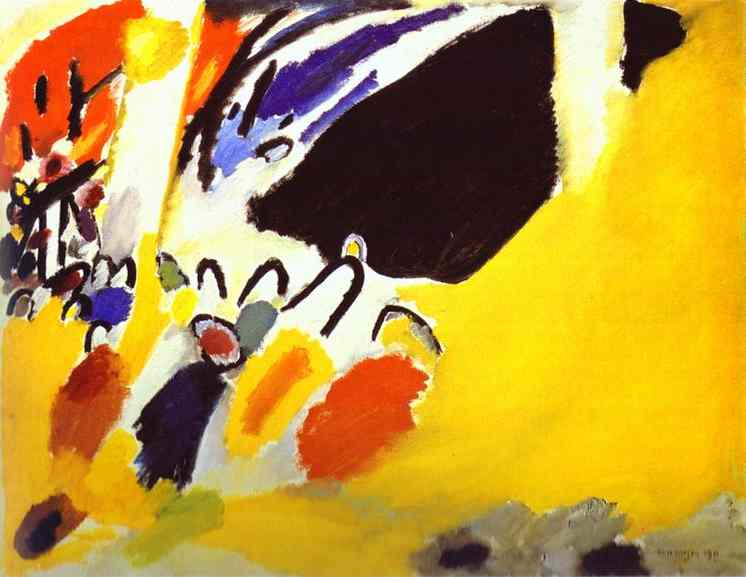
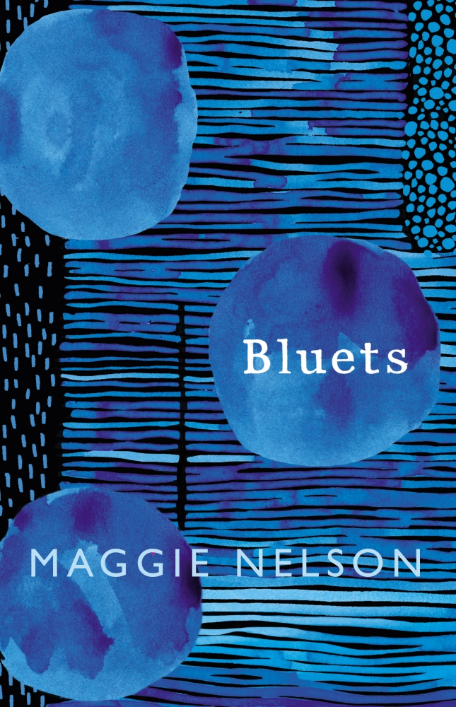
Comments
Post a Comment